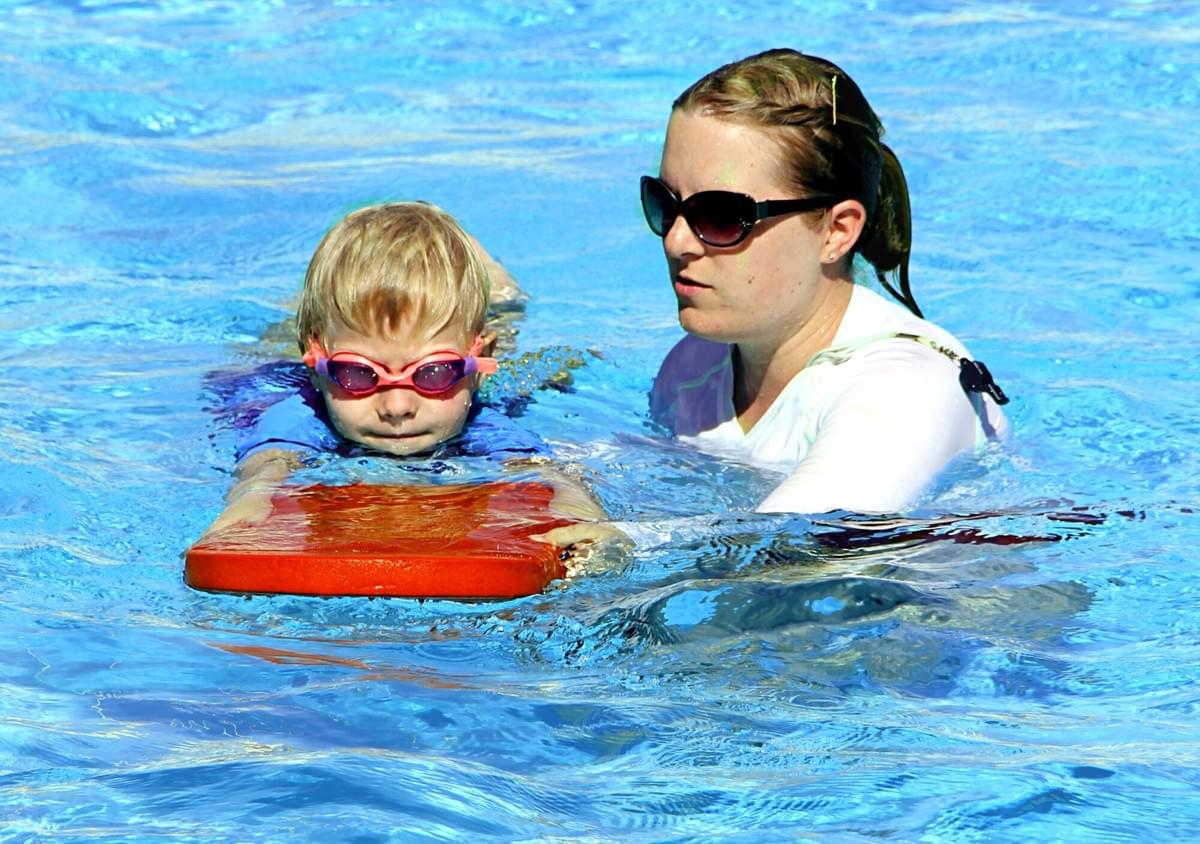
Water safety training is vital for the prevention of accidents, including drowning, in the workplace. The importance of water safety cannot be overstated. It prevents serious injuries and can even save lives. The topics covered in water safety training courses include identification of hazards, their prevention and control, and applicable regulations. This program is available online to fulfill OSHA requirements and to meet the specific needs of different industries. The osha lead awareness training online program also teaches rescue techniques, and basic safety measures.
This course teaches the body's reaction to drowning, where drownings are most common, and who is most at risk. It also teaches the different types of water bodies, their behavior and potential hazards, and how to properly respond in cases of drowning. Upon completion, you will receive a certificate recognizing your newfound knowledge of water safety. For further certification, you can attend the Lifesaving Society Canada course. This national organization offers swim and lifeguard training and transition pathways.
Water safety training is essential for all children and adults, and should be given at the earliest age. Water safety training can also be used to enhance recreational activities. YMCA swim instructors train children of all ages and backgrounds to be safe in water. While parents can't always supervise their kids while swimming, YMCA instructors help children build confidence in the water and encourage them to participate in physical activity throughout their lives. These courses are affordable for families and can be found at a local YMCA. Browse this resource to get more information about water safety training online.
There are many online courses for water safety that can be used as a refresher after completing a more comprehensive course. The Water Safety Online course takes 20 to 30 minutes to complete, and is free. It is recommended for parents but may not be as comprehensive as a full training course. The course offers a general overview of water safety issues and preventative measures. However, it is important to remember that some water safety courses are not recognized by the U.S. Water safety instructors must be licensed in order to teach.
It is important to remember that people who drown in the United States do so because they are not wearing life jackets. Most drowning incidents do not occur in bodies of water that are large and open. Because of this, it is imperative to learn how to swim safely. Regardless of your skill level, drowning can be prevented if you follow the guidelines and precautions for water safety. However, you should always remember that people need air to breathe. When too much water enters the lungs, oxygen cannot reach the brain and body.
Another important aspect of water safety is knowing the depth of the water. If you are swimming near a pier, you may run into a rip current that could pull you off the shore. If you are caught in a rip current, swim diagonally back to shore. If you feel fainted, wave for a lifeguard to come and assist you. Afterward, keep calm. If you think you're drowning, you'll be treated seriously. Get a general overview of the topic here: https://en.wikipedia.org/wiki/Water_safety.